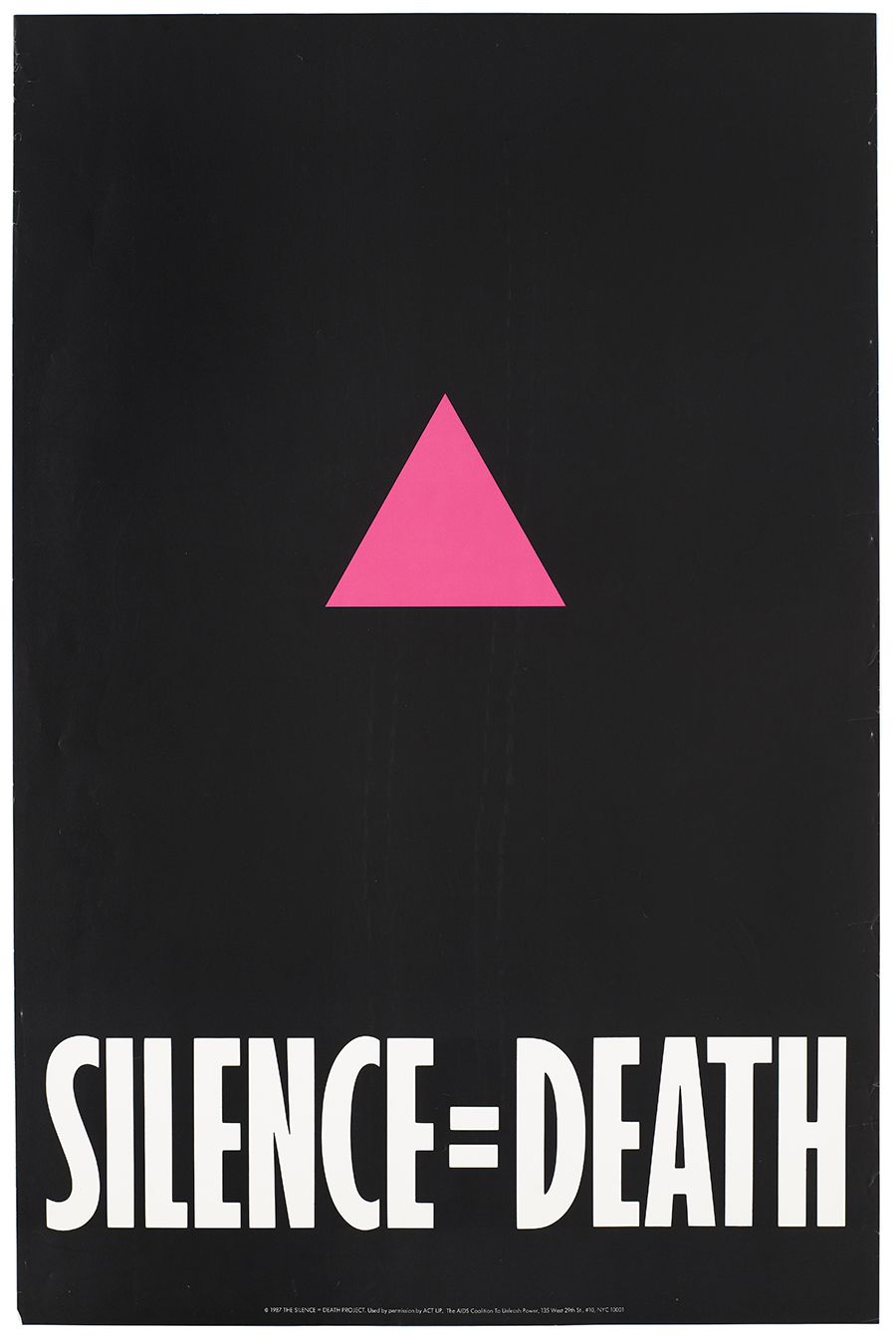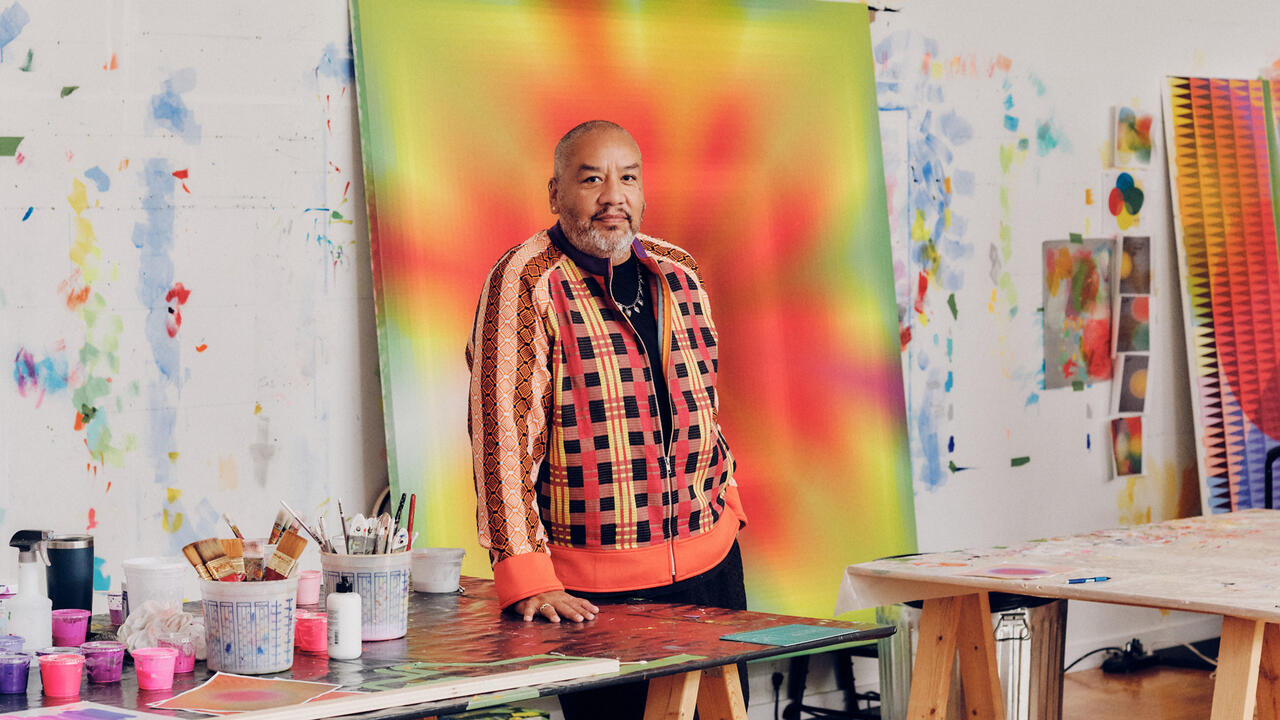What ACT UP Can Teach Us About the Current Health Emergency
An interview with Sarah Schulman
An interview with Sarah Schulman

On 11 October 1988, a mass of people stood outside the US Food and Drug Administration (FDA) headquarters in Rockville, Maryland. The group, which had gathered to protest the agency’s slow approval process for new HIV/AIDS treatments, exhorted: ‘Drug into bodies!’ At the time, the recycled cancer-fighting drug AZT – which had serious side effects and was egregiously expensive – was the only FDA-approved treatment available in the US.
One of the AIDS Coalition to Unleash Power’s (ACT UP) most successful and media-effective actions in the fight against the epidemic, the protest resulted in a breakthrough: that same week, the FDA announced new procedures to shorten the approval of life-prolonging medications by two years.
ACT UP was an activist group formed in 1987 out of anger over the inaction of politicians and the medical establishment to address the AIDS crisis. Today, as another virus sweeps across the world, ACT UP’s history teaches us that the political dimension of healthcare is always bound up with questions of stigmatization, recognition and access.
According to Sarah Schulman – a longstanding member of ACT UP and the author of books such as Conflict Is Not Abuse (2016) – what remains crucial is resisting the portrayal of the fight against AIDS as a ‘progressive narrative’. I spoke to Schulman about her forthcoming book, Let the Record Show: A Political History of the AIDS Coalition to Unleash Power New York, whichdocuments the movement’s achievements, strategies and failures, and how far these can be helpful lessons for our current state of normalized exception.

Elisa R. Linn: How does your forthcoming book relate to the 1987 exhibition ‘Let the Record Show ...’, at the New Museum in New York, which included an installation of ACT UP’s iconic ‘Silence=Death’ logo?
Sarah Schulman: In the New Museum show, ACT UP combined photographs from the Nuremberg trials, in which the Allies prosecuted Nazi war criminals after World War II, with portraits of right-wing American politicians and Cardinal Ratzinger – later Pope Benedict XVI – who sabotaged the fight against AIDS with anti-condom messaging and, in a 1986 letter to Catholic bishops, defined homosexuality as ‘an intrinsic moral evil’. ACT UP and the show’s curator, William Olander, hoped that such figures would be held accountable for their actions, hence the title.
ERL: In his article ‘Against Agamben: Is a Democratic Biopolitics Possible?’, published in Critical Legal Thinking in March, the journalist Panagiotis Sotiris referenced ACT UP’s tactics. He writes about a possible strategy for the current COVID-19 crisis in terms of ‘a biopolitics from below’: a form of collective self-organization that employs methods of criticism, research, intervention, destigmatization and solidarity. To what extent do you think this is possible?
SS: We are in a new era of repression and profound confusion. Medically, we are much further ahead than we were back then with AIDS. Nevertheless, the government in the US is using the same strategy: it recycles earlier drugs that pharmaceutical companies have patents for because that is more profitable than investing in new or nascent medications. Even if a cure for COVID-19 were found tomorrow, we don’t have a healthcare system that would allow people to access it. In a joint statement issued on 27 February, for example, US House Speaker Nancy Pelosi and Senate Democratic Leader Chuck Schumer said that vaccines should be ‘affordable and available to all’. They didn’t say: ‘We need a free vaccine.’
Looking at the history of progressive social movements in the US, there is usually a zeitgeist moment when things suddenly leap forward. Unfortunately, you can never force it. Current movements can learn the following from ACT UP: coalition, simultaneity and direct action. That combination is crucial to enable any movement to succeed. If your demands are too vague and too large, you can’t win. Also, it is necessary to understand what a campaign is. Don’t waste your energy on poorly planned actions: ensure everything is carefully orchestrated to have maximum impact.

ERL: You co-produced the documentary film United in Anger (2012) and initiated the ACT UP Oral History Project (2001–ongoing) with ACT UP activist and filmmaker Jim Hubbard. These look at the movement from the perspective of people fighting the epidemic. Is your new book aiming to use this material?
SS: ACT UP was an organizational nexus that reached into the broader AIDS coalition: prison inmates, mothers, drug users, homeless people, migrants, activists. I wrote to people and asked them: ‘What do you have in your private collection?’ One of my favourite photographs that I received in response was taken during a 1991 trial against eight ACT UP members who had been providing clean hypodermic needles to drug addicts to prevent them from contracting AIDS. It shows a lesbian lawyer arguing in court for three of her defendants: one is a trans woman (Kathy Otter), one is a gay Black man (Dan Keith Williams) and one is a straight white woman (Debra Levine). This could have been the emblematic photo of ACT UP, but it wasn’t what the media wanted at the time. It’s time to change how we visualize resistance.
ACT UP never theorized itself. There was no big picture initially, although over the years we accrued one. One of the essential points I want to address in my new book is what a broad coalition it was. A very false image of ACT UP has evolved over the last few years. Images in engrained in the collective memory are of a white male protestor, in a white T-shirt and black leather jacket, being dragged away by police.
ERL: This shows how representation can flatten complexity and is capable of functioning repressively.
SS: Yes, real people cannot be summed up – and that’s true for the movements they create, as well.
ERL: Do you see your new book as a way to conceive something like a ‘people’s history’?

SS: My focus is on helping other people organizing today because, as I see it, ACT UP was the most successful recent activist social movement in the US. I’m providing a summary of what our strategies were, how they were implemented and whether they worked or not. Interestingly, ACT UP did not use a consensus model. It allowed everyone to respond personally. So, for example, if you wanted to disrupt mass at St Patrick’s Cathedral – as some members did in 1989 – and I didn’t want to, I wouldn’t prevent you from doing it; I just wouldn’t participate. There was no attempt to control or stop each other and allowing many responses to take place simultaneously proved to be a winning strategy.
ACT UP operated in exceptional circumstances, since its members were continually dying, so leadership emerged and changed naturally. We had a big meeting every Monday, with maybe 500 to 800 people attending. There was a coordinating committee with representatives from each smaller committee. There were also affinity groups, consisting of ten or 20 people who weren’t accountable to the larger group. The only thing that everyone had to agree on was one key principle: ‘direct action to end the AIDS crisis’. What form that action could take was defined very broadly.
ERL: How were issues such as privilege discussed inside the movement?
SS: There were a lot of discussions around issues of citizenship and immigration status. However, when people are dying, privilege is a much more complicated issue. There were no treatments early on. For a person who was very sick to get arrested during an ACT UP protest and put in a cell was a huge sacrifice. Once treatments became available, the inequality became even greater, since we don’t have a functional healthcare system in the US.

ERL: Speaking about the AIDS pandemic in your film United in Anger, Zoe Leonard described it as ‘a crisis of society’? Do you think the same can be said of COVID-19?
SS: Right now, BAME and PoC are dying in the US in very high numbers. I’m in Chicago, where 30 percent of the population is Black but accounts for 70 percent of deaths from COVID-19. When there is a cataclysm in the US, it reveals the fissures in society: things that were already in crisis – profound inequalities, profound biases – become starkly highlighted. During the AIDS crisis, it was mostly marginalized people without rights who were affected, so in that regard the current situation is quite similar. However, unlike the present moment, the wider public didn’t know or care about the AIDS crisis at all. It wasn’t on television. There was no national plan and no collective concern. It was a private disaster. In that sense, it was quite different.
Main Image: ACT-UP AIDS Demonstration at National Republican Club of Capitol Hill, Washington DC on 13 October 2000. Courtesy: © Wikimedia Commons; photograph: Elvert Barnes Protest Photography






















